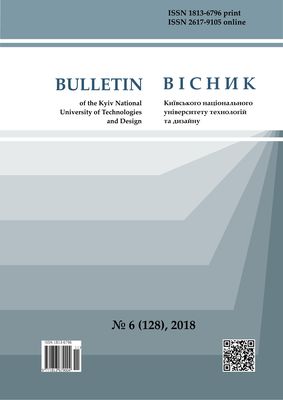PERCEPTRON CLASSIFIER OF THERMAL COMFORT
DOI:
https://doi.org/10.30857/1813-6796.2018.6.3Keywords:
thermal comfort, neural networks, perceptron, hyperospaces of states, classification hyperplanes, vector-image of thermal comfort projection on a hyperplaneAbstract
Algorithmic control of automated systems by human thermal comfort for the establishment of optimal thermal comfort with the use of classification and computational capabilities of the simplest single layer neural network – perceptron. Classification of the hyperspace of the states of the thermal comfort system by an artificial neural network, mathematical analysis of the classification equations of the hyperplanes, formed by the internal periphery perceptron neurons, optimization of the thermal comfort state by determining of the coordinates of the projection of the thermal comfort vector-image on the hyperplane. Findings. Development of methods and models of neural networks for forming of the algorithm of control of human thermal comfort system. The use of classification and computational properties of the perceptron as an instrument of geometric interpretation of the transition from the real to the desired state of thermal comfort s in the multidimensional hyperplane space has been studied. Such an approach made it possible to abandon of the formulation of the analytical optimization function.Originality. The classification properties of the artificial neural network have been developed and extended to the class of systems of thermal comfort. For the first time, the method of Kačmaža was used to further formalize the algorithm of environmental parameters change. Practical value. Energy efficiency of complex multifactorial dynamic technical systems is ensured not only by advanced modern equipment, but by rational management models also. Neural network technologies allow to use the classification and computational capabilities of artificial neural networks optimally to form commands for the devices of thermal comfort systems managing.
Downloads
Download data is not yet available.
Downloads
Published
2019-04-09
Issue
Section
Mechatronic Systems. Energy Efficiency & Resource Saving

